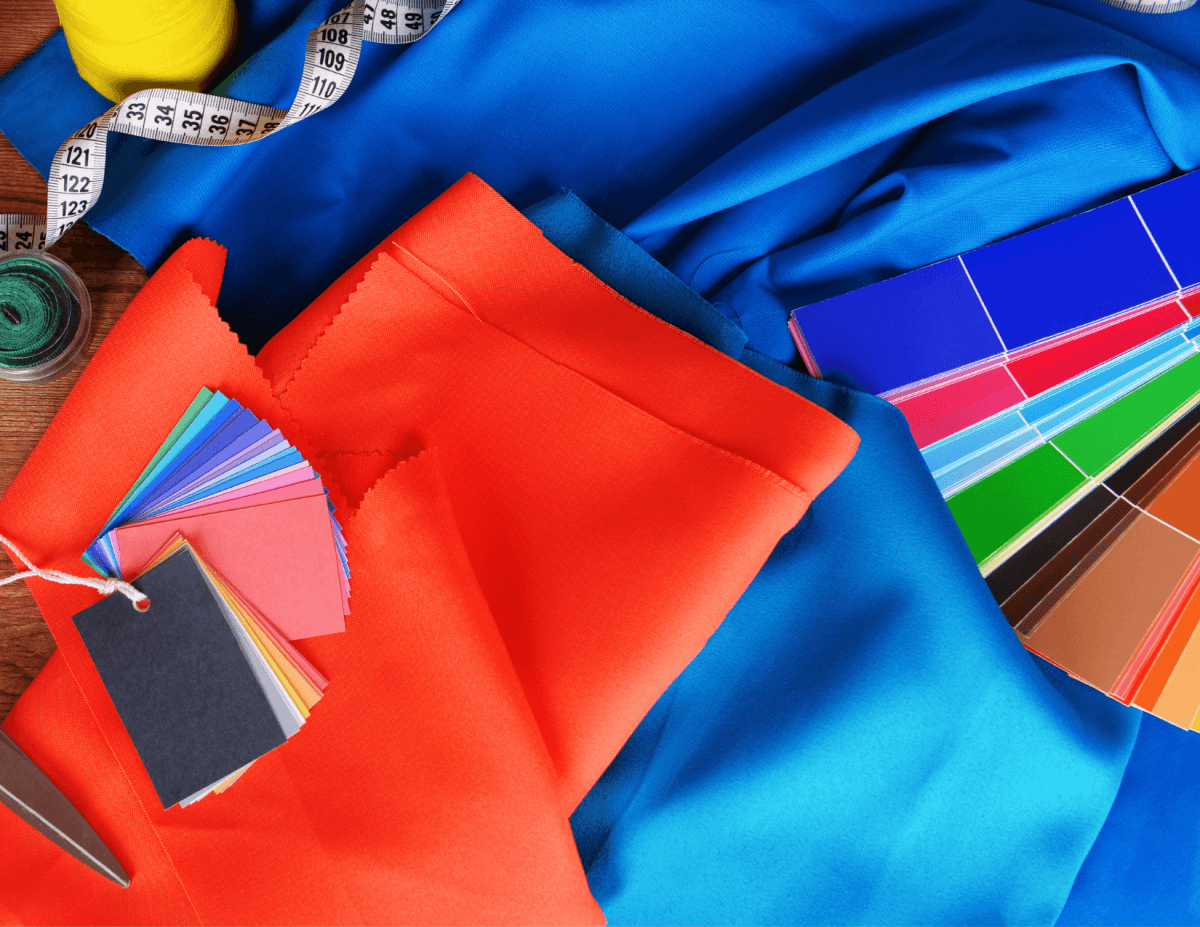So you’ve read our guide on natural fabric materials, and now you want to learn about synthetic fabrics? Good call – being informed about ALL fabric materials can help you make better choices for the environment when shopping for clothes!
In this post, we’ll break down the basics between the most widely used synthetic and “eco friendly” recycled fabrics in fashion, and their pros and cons.
Acrylic, Polyester, Spandex, and Polyamide
Manufacturing process
Polyester and acrylic manufacturing processes both use a lot of toxic chemicals and resources, making them some of the worst synthetic fibers for the environment.
Not far behind are petroleum-based stretchy synthetic fabrics, elastane (AKA lycra / spandex) and polyamide (AKA nylon) which are made in a similarly polluting process.
Fabric properties, pros and cons

Acrylic is cheap, warm, lightweight and machine washable, but also pills easily, doesn't breathe, easily builds up static, and cannot be recycled.
Elastane / lycra / spandex is super stretchy and is often mixed in with both natural and other synthetic materials to make clothing more elastic. It helps keep the shape of clothing, lends a snug fit, and is perfect for swimwear and athletic wear. Unfortunately, it loses stretchiness and quality over time. In comparison, nylon / polyamide is cheap, versatile, strong and durable, weather resistant, and machine washable.
End of life cycle and recycling synthetic materials.

In terms of the end of life for synthetic fabrics, all of them are non-biodegradable, which means they will sit in a landfill for up to 200 years before they eventually break down. Synthetic fabrics also release microplastics into the environment whenever you wash your clothes, which ends up in our water systems.
Although recycling synthetic fabrics is becoming more common these days, these processes are more complicated, and it’s not perfect. It’s simply not as easy as recycling the fibres of an old shirt as raw material for a new shirt! In fact, most recycled polyester is mainly made of mechanically recycled PET plastic bottles, rather than existing polyester fabric.
Perhaps the biggest downfall of recycling synthetic fabrics is that you cannot infinitely recycle materials and expect the quality to stay the same. Each time a material is recycled, it degrades and loses its original quality. Thankfully, many companies in the fashion industry are currently working on solutions to create a more sustainable closed loop system for synthetic fabrics.
In terms of the end of life for synthetic fabrics, all of them are non-biodegradable, which means they will sit in a landfill for up to 200 years before they eventually break down. Synthetic fabrics also release microplastics into the environment whenever you wash your clothes, which ends up in our water systems.
What can you do about microplastics?
One way to prevent microplastics from polluting our water systems (and creating a myriad of health issues for animals and humans!) is to use products like the Guppyfriend garment bag or Cora Ball. Both products are designed to catch microplastics while your clothes are being laundered!
We hope our guide on synthetic fabric materials was helpful and informative! If you haven’t checked it out yet, give our guide on natural fabrics a read so you can make more sustainable fashion choices in the future.
























Leave a comment